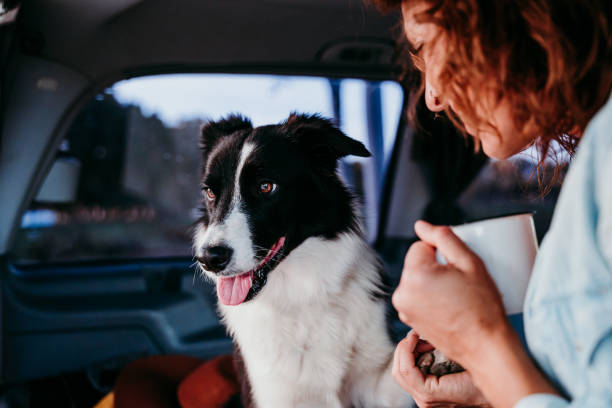Preparing Companions for Sea and Land Transport: Safety and Comfort Measures
Moving a companion by sea or land requires careful planning to protect their health and comfort. Whether you are coordinating short regional travel or an international relocation, understanding veterinary requirements, documentation, acclimation, and logistics helps reduce stress for both animal and owner. This article outlines practical safety and comfort measures for pets during transport.

Veterinary checks and paperwork
Before any travel or relocation, schedule a veterinary visit to confirm your companion is fit for transport. A vet can complete required paperwork, issue health certificates, and advise on pre-travel care tailored to your pet’s species, age, and medical history. Discuss existing conditions, medications, and motion sickness solutions. Ensure paperwork is dated and signed in line with the destination’s timelines so documentation remains valid during customs or carrier inspections. Clear veterinary guidance reduces delays and helps maintain your pet’s health throughout the journey.
Microchipping, vaccinations, quarantine
Confirm microchipping standards and vaccination requirements for import and export well ahead of travel. Many destinations require ISO-compliant microchips and up-to-date vaccinations against diseases such as rabies, with specific windows between vaccination and travel. Some countries impose quarantine; others accept proof of treatments and health certificates instead. Start this process weeks to months in advance so boosters, titer tests, or quarantine bookings can be arranged. Proper microchipping and vaccination records streamline customs and protect long-term health.
Crates and transport safety
Choose a crate that meets carrier and regulatory standards for size, ventilation, and strength. Crates should allow the companion to stand, turn, and lie comfortably and be secured for both sea and land transport. Line the crate with absorbent bedding and include familiar items to reduce anxiety, avoiding loose objects that could shift during movement. For airlines, verify the carrier’s crate policies and whether in-cabin or cargo options are allowed. During sea transport, check on boarding and handling procedures and ensure crates are marked with contact and handling instructions.
Documentation, customs, and compliance
Gather all required documentation: health certificates, vaccination records, microchip details, import/export permits, and any species-specific paperwork. Research customs regulations for both departure and arrival ports or borders, and confirm whether local services can assist with inspections. Compliance with paperwork reduces the risk of delays, fines, or quarantine. Keep digital and printed copies of every document, plus emergency contact numbers for your vet, local authorities, and your transport provider to respond quickly to documentation queries.
Acclimation and travel comfort
Help your companion acclimate to crates and motion gradually by introducing short practice trips and crate sessions well before travel day. Positive reinforcement reduces stress: use treats, toys, and calm routines that mirror what will occur during transport. Monitor hydration and feeding schedules; avoid large meals immediately before travel but maintain regular water access. Observe your companion’s stress signals and consult the veterinary team about safe calming strategies or permitted medications. This planning promotes comfort and preserves health during long sea or land passages.
This article is for informational purposes only and should not be considered medical advice. Please consult a qualified healthcare professional for personalized guidance and treatment.
Logistics for sea and land relocation
Coordinate with carriers and logistics providers early to confirm available routes, timing, and handling procedures for both sea and land segments. Bookings for roll-on/roll-off ferries, livestock or pet-friendly cargo services, and specialized animal couriers can vary in availability; align schedules with veterinary requirements and documentation windows. Consider local services in your area for day-of travel support, such as pre-transport inspections, pet relocation coordinators, or temporary boarding if connections change. Track transit plans closely to minimize layovers and exposure.
Conclusion
Successful transport of companions by sea or land depends on thorough veterinary preparation, correct documentation, secure crates, and careful acclimation. Planning logistics and compliance well in advance reduces stress for animals and owners and improves the likelihood of smooth customs clearance and safe arrival. Prioritize health checks, clear paperwork, and gradual acclimation to ensure safety and comfort throughout the move.





